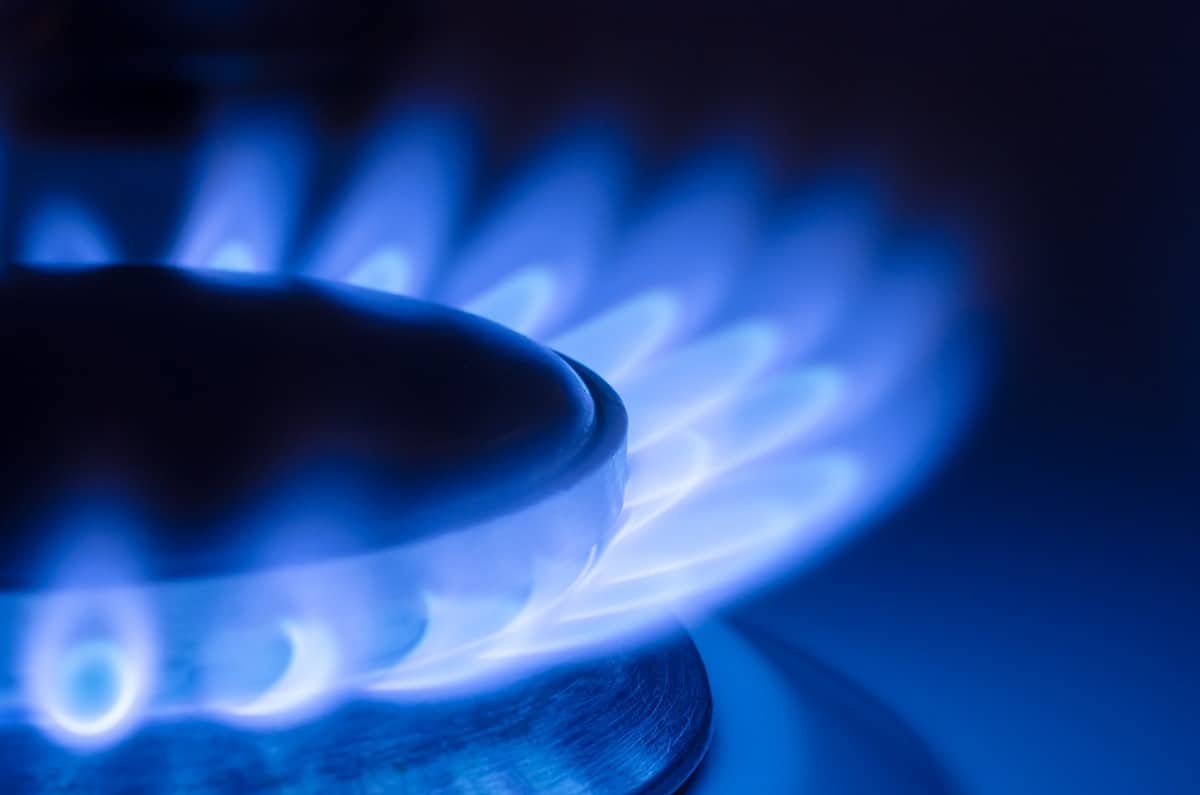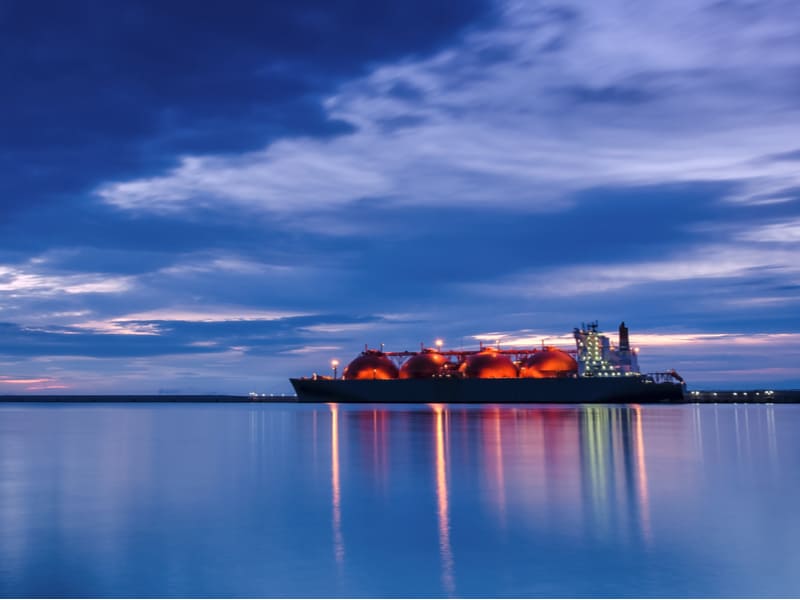A worldwide push is on to sharply reduce, if not eliminate, harmful emissions from the burning of fossil fuels by oceangoing ships. These emissions include nitrogen and sulfur oxides, particulate matter and carbon dioxide.
Harmful to human health
Inhalation of nitrogen oxides can adversely affect human and animal cardio-respiratory systems (i.e. it can cause heart and lung disease), decrease fertility, cause genetic mutations, harm to unborn babies and, potentially, death. It’s a similar story with sulfur oxides, with the added nasties that they are a lot more immediately dangerous and corrosive.
Additionally, sulfur dioxide in the air helps form sulfuric acid rain. The effect on aquatic and amphibious life in rivers and lakes is devastating. Acid rain can harm the productivity of fishing and aquaculture of all kinds, and it is highly toxic to a wide range of plants. That makes it extraordinarily bad for the environment in general, including, ultimately, forestry and agriculture. It is also corrosive to buildings.
Particulate matter — combustion-generated specks of dust about 40 times smaller than the width of a human hair — contaminate the lungs and pass through the body via the blood, causing a host of human and animal diseases.

Harmful to the global environment
And carbon dioxide emissions from shipping and other industries contribute to global man-made climate change. Human-induced climate change is forecast to produce catastrophic conditions on Earth.

Ocean-going shipping is a big contributor to emissions, with the third IMO Greenhouse Study (2014) estimating that international shipping emitted 796 million metric tonnes (877.4 million U.S. tons) of carbon dioxide in 2012.
Indeed, it is already happening. Australia is now increasingly subject to unusually large, ferocious and early-starting wildland forest fires, caused in part by climate change.
International shipping sets out pathways to a cleaner future
The International Maritime Organization (IMO), a specialized agency of the United Nations and a kind of parliament composed of representatives from each country in the world, voted in April 2018 to effectively phase out sulfur emissions from shipping. The now-famous IMO 2020 resolution, which drops the allowable limit of sulfur in fuel to 0.5%, enters into force on January 1, 2020.

The IMO also voted to reduce the total amount of greenhouse gas emissions by 40% by 2030 and by 50% by 2050 when compared with 2008 levels.
It vowed to pursue efforts to eliminate greenhouse gas emissions altogether as well.
There are a variety of pathways to get to the IMO 2050 goal, such as adopting the use of biofuel (biogas or biodiesel), methanol, ammonia and hydrogen, among others.
The rise of LNG as a marine fuel
In this article, we look at liquefied natural gas (LNG) simply because there already is a lot of investment in LNG, which is a major seaborne-carried and -traded commodity. And numerous vessels are already equipped, in part or full, to run on LNG.
LNG is basically a super-cool and pressurized form of the flammable compound gas, methane, which has one atom of carbon and four atoms of hydrogen.

The global LNG trade reached 316.5 million metric tonnes in 2018, up by 9.8% year-on-year when compared with 2017, according to the International Gas Unit World LNG Report 2019.
The IGU estimated in February this year that there were 525 ships in the world LNG fleet at the end of 2018. In October 2019, management consultancy McKinsey estimated that there were about 550 LNG carriers operating worldwide at that point.
As a cryogenic liquid, LNG needs to be kept cool aboard ocean-going carriers. Alas, nothing in life is perfect — including the insulation of LNG tanks on LNG carriers. Heat penetration causes LNG to boil off at about 0.1-0.15% per day.
For decades, LNG carriers have been equipped with mechanisms that allow them to burn the boil-off gas in steam turbines. Later, dual fuel diesel-electric engines were deployed that could use both the boil-off gas and marine diesel oil and/or heavy fuel oil to generate power for propulsion. However, some LNG tankers will re-liquefy the boil off gas and will return it to the cargo tanks.
Some other kinds of oceangoing craft are equipped to use LNG as a fuel, although they are represent tiny volumes compared with the LNG fleet. These include car and passenger ferries, general cargo ships, patrol vessels, ro-pax, ro-ro, and tugs.
Meanwhile, in October this year, the French container shipping company CMA CGM launched the first in a fleet of nine LNG-powered, ultra-large container ships, each of about 23,000-TEU (twenty-foot-equivalent-unit) capacity. The vessels are about 400 meters (1,312 feet) long and 61 meters (200 feet) wide.
That said, French container shipping analyst AlphaLiner doesn’t think a lot more LNG-powered container ships will be built anytime soon.
“The fleet of LNG-propelled container vessels is so far limited and is expected to remain small in the near future due to the high retrofitting and new-building costs, and the insufficiently developed LNG supply network… . There are only eight LNG-propelled container vessels in service and 25 on order. Most of these ships have long term employments in place and are therefore unlikely to appear any time soon in the charter market, except in case of re-lets.
“However, should an LNG-propelled container vessel become available, its time charter rate would likely be substantially higher than for a ship propelled with conventional fuel, since owners would need to recoup the high upfront investment they had to make in their ship,” the analyst said in a mid-December newsletter.

Why LNG?
The key reason for adopting LNG as a fuel is that it is much cleaner compared to heavy fuel oil, according to classification society DNV GL. A “classification society” can be thought of as a technical regulator for ocean-going ships.
LNG does not contain sulfur, so the emission reduction in terms of sulfur oxides is 100%. Low-pressure engines reduce nitrous oxide emissions by 85%, and high-pressure engines reduce nitrous oxide emissions by 40%. Particulate matter emissions fall by 95-100%, and carbon dioxide emissions drop by about 20-30%.
But the sharp-eyed will have noticed that while burning LNG is much cleaner than using heavy fuel oil, it is not “clean.” LNG still produces 70-80% of the carbon dioxide emissions of heavy fuel oil, for instance.
That means LNG alone simply cannot take shipping to the IMO 2030 and IMO 2050 goals.
It’s not up to the job, so, again, why LNG?
So, why all the emphasis on this fuel even though it is known not to be up to the job of eliminating carbon emissions from shipping?
First, it does deliver immediate emissions reductions, which may buy time and help the industry get to its ultimate goal: hydrogen-fueled ships. The end product of hydrogen combustion is nothing more than water and heat. The general view of the expert panels at the Marine Money conference (Marine Money Week Asia 2019) in Singapore was that hydrogen ships are at least a couple of decades away.
But, LNG is here, now. While there are a lot of issues regarding infrastructure, or, rather, lack of it, industry is beginning to come to grips with LNG by, for instance, carrying out test LNG bunkering of LNG-powered marine craft.
Working around LNG’s carbon dioxide emissions problem
LNG-powered ships are not necessarily restricted to using LNG alone. As Tahir Faruqui, global head of downstream LNG at oil major Shell, told the Marine Money conference in Singapore this year, “CO2 emissions from LNG can be improved dramatically if you blend it with Bio-LNG… . [W]e aspire to a 92% reduction.”
As we normally think of it, the methane used to create LNG is a fossil fuel. It is extracted from underground reservoirs and it originated from the decomposing remains of dead plants and animals that were subjected to natural processes on a geological timescale. Those processes took gases out of the prehistoric atmosphere and locked it underground for eons… until modern industry released it.
But commercially produced biogas originates from the decomposition of organic materials, plants and animal waste that were created in the modern era. That waste drew down carbon dioxide from the current — as opposed to the prehistoric — atmosphere. So there would effectively be little or no extra carbon dioxide put into the atmosphere from the combustion of biogas-origin LNG.
Blending fossil fuel-origin LNG with biogas-LNG can, as Faruqui indicates, dramatically reduce the overall amount of carbon dioxide emissions from ships.
Ships can deploy other actions and tricks to reduce their C02 output
There are other actions that can be taken, too, when burning LNG as fuel and that would reduce the output of carbon dioxide emissions. These include a wide range of practices and technologies that could potentially reduce the amount of energy required to propel a ship.
Ships could go slower thereby burning less fuel. The burn rate of ship’s fuel is low while a ships is traveling at a slow speed. But the burn rate increases dramatically as it starts to reach high speeds. So increasing speed from, say, one knot to two knots, will not dramatically increase the burn rate of fuel. But increasing speed from say, 19 knots to 20 knots, will require a massive increase in the consumption of fuel. So traveling more slowly saves a huge amount of fuel and therefore keeps carbon emissions low.
There are also alternative designs for hulls, such as the so-called X-bow, there are bubble generators for hulls and shark-skin type hulls, all of which reduce drag and turbulence and therefore reduce power consumption. Ships can also make use of currents to reduce fuel consumption and get some propulsion for ‘free’. These are just a few of the many options.
Meanwhile, Mitsui O.S.K. Lines announced just days ago that it is investigating how to create large hybrid LNG/battery commercial ships. Such vessels would use energy stored in batteries while they navigate in coastal and harbor waters.
But it will take time to change over from the existing fleet
Antony Linden, business development director SEA, Pacific and India for class society DNV GL told the Singapore Marine Money conference, there are 110,000 vessels in the world fleet. That world fleet, he added, is “mostly powered by diesel; [change] will take a long time.”
He then crucially pointed to yet another factor in LNG’s favor: “Ships can be built to, and modified to, blend future fuels, for example LNG and hydrogen.”
So, in what appears to be the likely future of a world with a hydrogen-powered fleet, the existing LNG-powered fleet will be able to adapt to it.
Richard Fulford-Smith, managing partner of shipbroking company Affinity, summed up the view of the expert panelists at the Marine Money event.
“For ships above a certain size, LNG is the solution. I’m glad we’ve established that!” he told the delegates.
Converting methane to LNG
Methane is progressively cooled to minus 302 Fahrenheit (minus 150 degrees Celsius). The gas is then subjected to low pressure, which causes it to liquefy. At that point, the methane gas has become LNG.
It is then fed into a low pressure vessel that causes some vaporisation and a further drop in temperature to minus 322 F (minus 161 degrees Celsius). That’s important because, at that temperature, LNG can be returned to normal atmospheric pressure and yet remain in liquid form. LNG takes up 1/600th of the space used by the gas form of methane. This makes the gas economical to store and transport.
When an LNG carrier arrives at a regasification unit — either another ship or an import terminal — the carrier pumps the LNG into the regasification unit. Being super-cold, LNG cannot simply be pumped into a ship or country’s gas network, so the regasification unit progressively warms it by using seawater, thereby converting the LNG back into methane gas.
It’s not a new fuel
Methane is not a new fuel at all. The ancient Greeks apparently used methane to fuel the flame at the Oracle of Delphi in 1000 B.C., and the Chinese transported it in bamboo pipes in about 500 B.C., according to the American Public Gas Association.
Jump forward to Europe in the early 1800s, and scientists were experimenting with cooling gases to liquefy them. English scientist Michael Faraday was a pioneer in the field when he liquefied several high-temperature gases in the 1820s. But it was an additional 60 years or so before Polish chemist Karol Olszewski was the first to liquefy methane. By this point, methane was already well in use as a fuel in towns and cities in the U.S.
Dawn of the LNG age: The first voyage of the Methane Pioneer
Use of LNG as a marine fuel has been underway for quite some time as well. By 1942, the first commercial liquid natural gas plant was in operation at Cleveland, Ohio, although the tanks ruptured in 1944.
Technology improved and by 1959 a converted general cargo ocean freighter renamed the Methane Pioneer set sail from the Trunkline Terminal at Lake Charles, Louisiana, to Canvey Island, England. It was the world’s first ocean transport of LNG — 5,000 cubic meters (about 176,573 cubic feet) — and it heralded the beginning of the seaborne LNG trade.
By the late part of the 2000-2010 decade, the Q-Max LNG carriers were delivered and were the largest LNG carriers, at about 266,000 cubic meters (9.4 million cubic feet).







